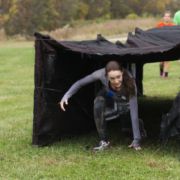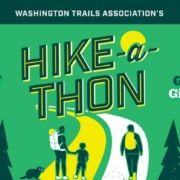AI or Human? The Halloween Turing Test
Halloween is about masks, illusions, and surprises — which makes it the perfect time to ask one of today’s most intriguing tech questions: can you tell if a piece of writing was created by a human or by artificial intelligence?
It’s a modern twist on the Turing Test, first proposed in 1950 by Alan Turing as a way to measure whether a machine can exhibit human-like intelligence. Back then, it was a thought experiment. Today, with advanced AI tools writing everything from emails to poetry, it feels less like science fiction and more like a daily reality.
And the truth is, spotting the difference isn’t always easy. In a 2023 study from Stanford and UC Berkeley, participants were asked to distinguish between AI-generated and human-written text. They only guessed correctly about half the time — essentially no better than chance [1 Stanford – www.cs.stanford.edu/aistudy]. Another report from NewsGuard found that AI models could produce convincing misinformation on sensitive topics within minutes, showing just how blurred the line has become [2 NewsGuard – www.newsguardtech.com/aifakestudy].
That doesn’t mean humans are out of the loop. A study in Nature Machine Intelligence found that when people collaborated with AI — rather than competing against it — the results were stronger and more creative than either side working alone [3 Nature – www.nature.com/articles/aimachinecreativity]. Which makes your Halloween challenge less about catching AI in the act, and more about learning how to spot its patterns while appreciating its potential.
So here’s the game: grab a short scary story (a paragraph or two). Write one yourself or ask an AI to generate one. Share both versions in Slack, email, or your team chat, then have people guess which is which. Keep score, hand out candy, and see if your group can beat the odds.
It’s a lighthearted way to play with one of the biggest questions in tech right now. AI might be powerful, but humans still have something it can’t fake: the joy of laughing together over a good Halloween trick.









